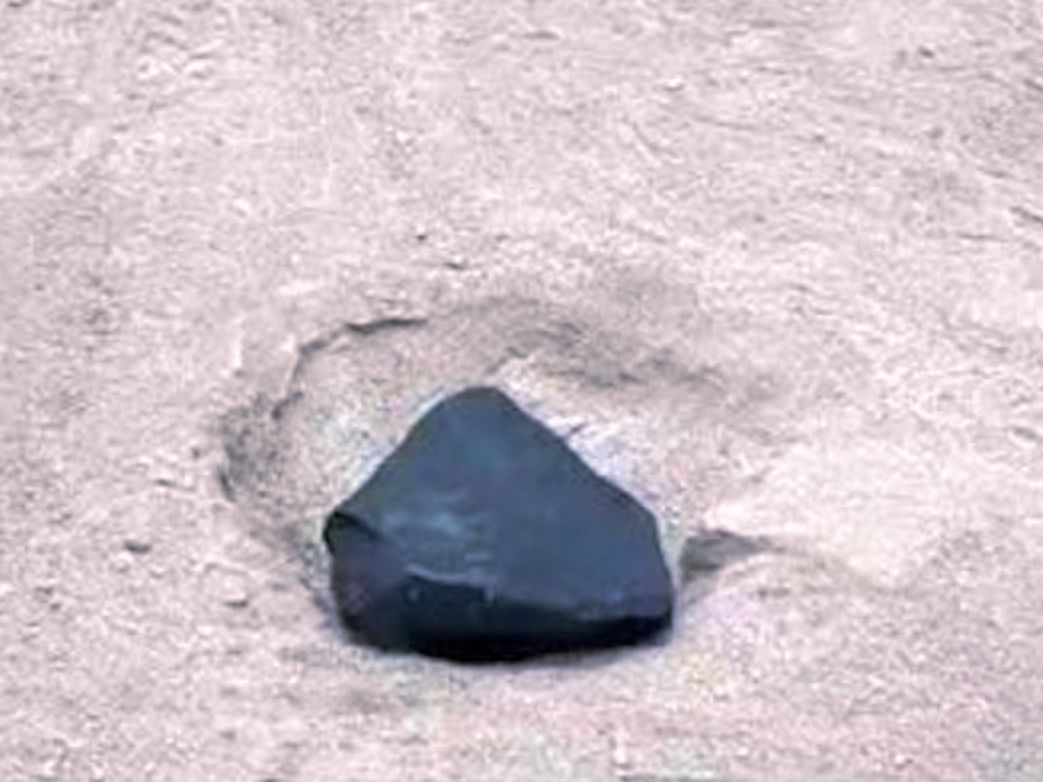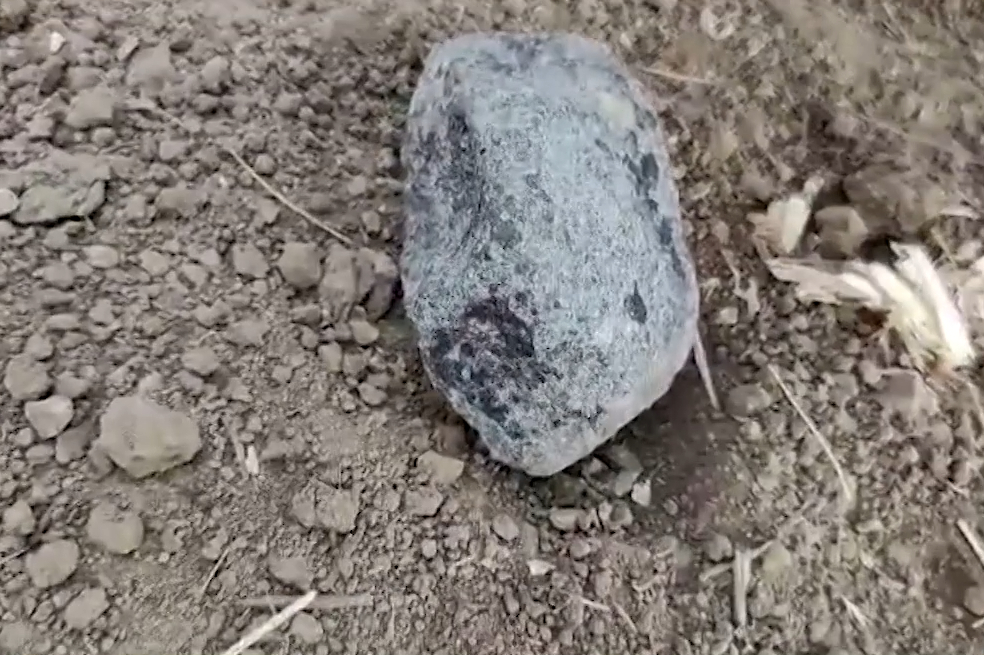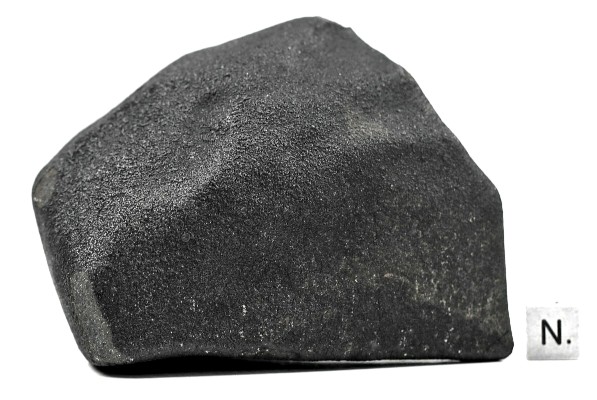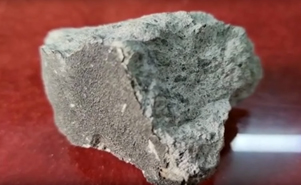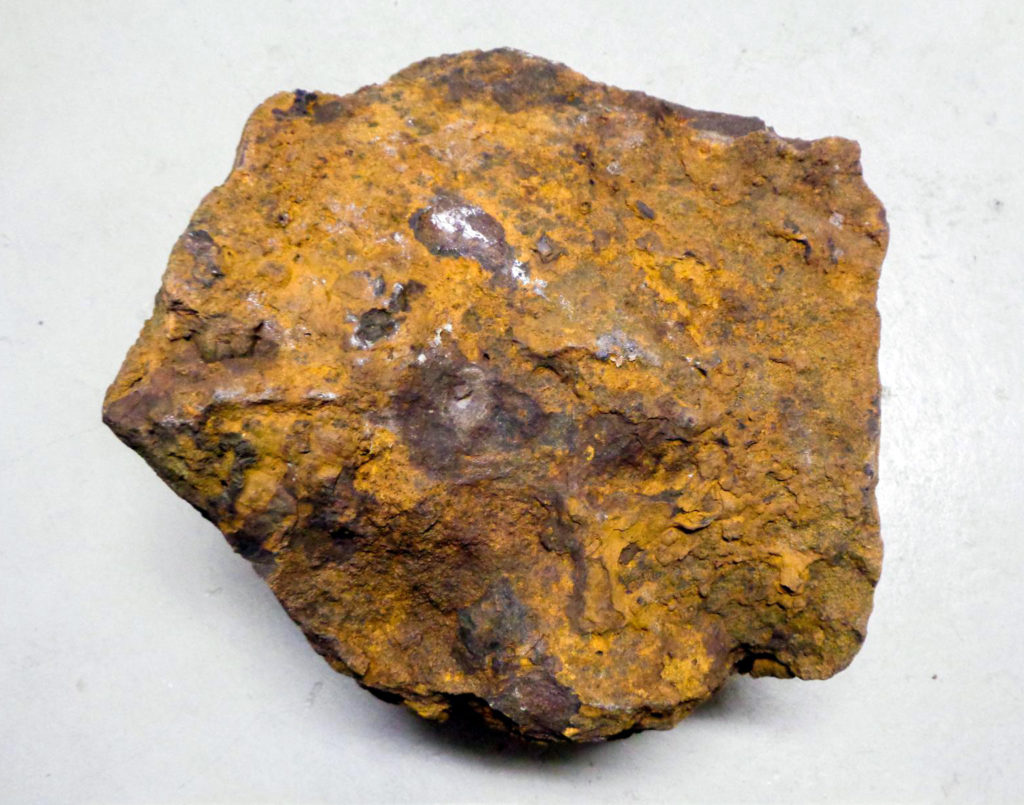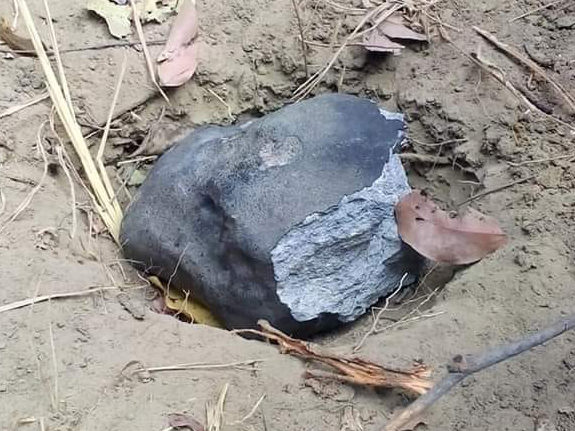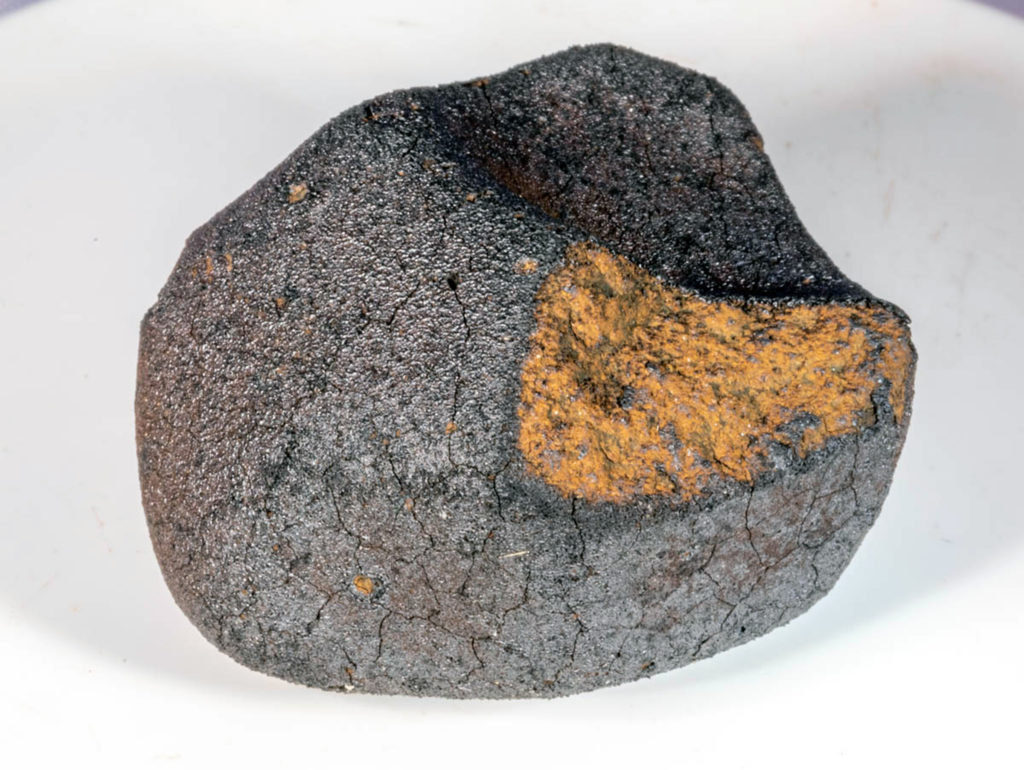Exogenous copper sulfide in returned asteroid Itokawa regolith grains are likely relicts of prior impacting bodyOPEN ACCESS
Katherine D. Burgess & Rhonda M. Stroud
Communications Earth & Environment, Volume 2, Article number: 115 (2021)
LINK (OPEN ACCESS)
PDF (OPEN ACCESS)
“Samples from asteroid 25143 Itokawa returned by the Hayabusa mission have been identified as LL4-6 ordinary chondrite materials and have shown it to be a rubble pile that aggregated after break-up of a parent body. Here we investigate particle RB-CV-0038 from the Itokawa regolith using scanning and transmission electron microscopy and energy dispersive spectroscopy. We identify a cubanite-chalcopyrite-troilite-pyrrhotite assemblage, the phases and structure of which are indicative of low-temperature, aqueous alteration. Cubanite is stable only at temperatures below around 250 °C and has thus far only been identified in CI carbonaceous chondrites and the comet 81P/Wild2 sample suite. Chalcopyrite is also very rare in the meteorite record and is found mostly in R chondrites and some CK chondrites. Because the Itokawa parent body experienced significant thermal alteration with little evidence of low-temperature equilibration or aqueous alteration, we propose that the assemblage we identify is most likely exogenous and represents a component of an impacting body.”

